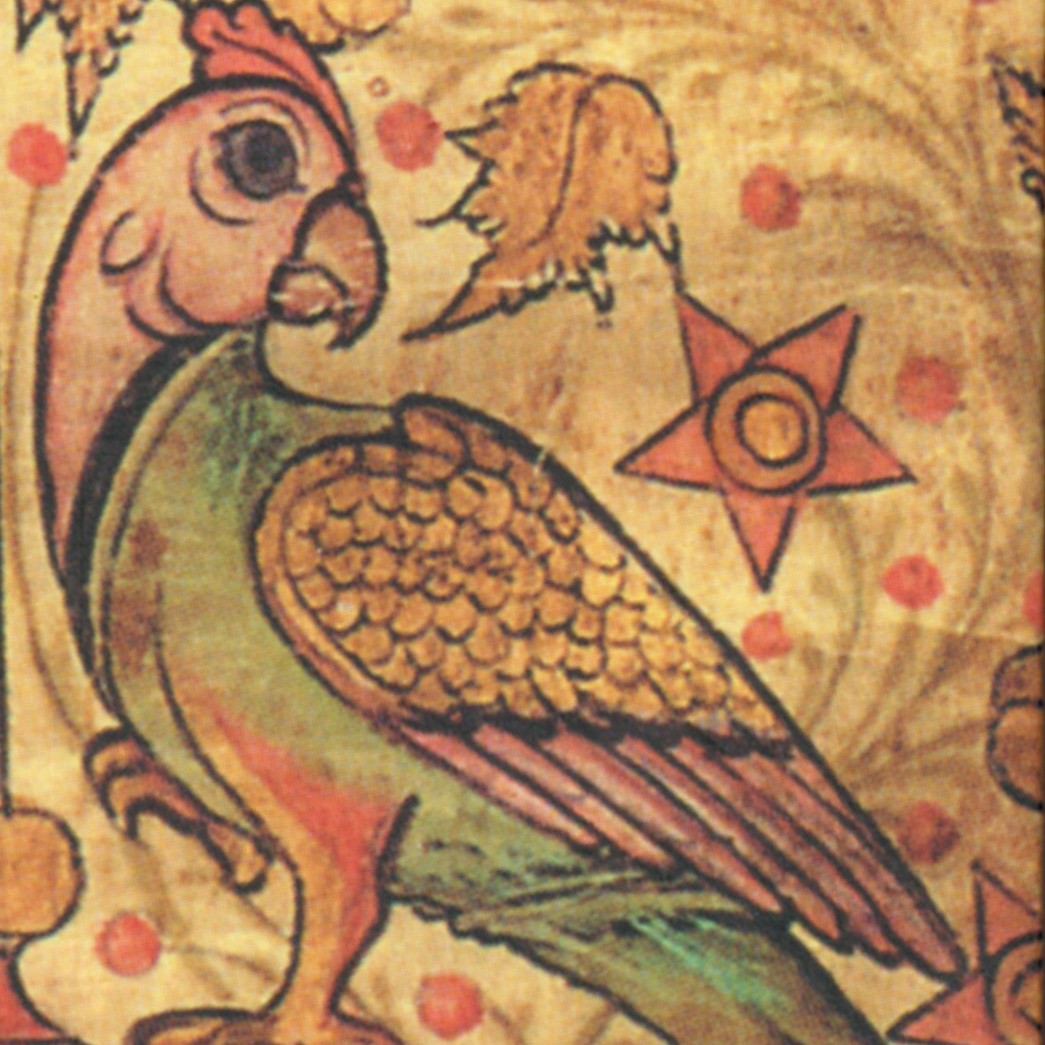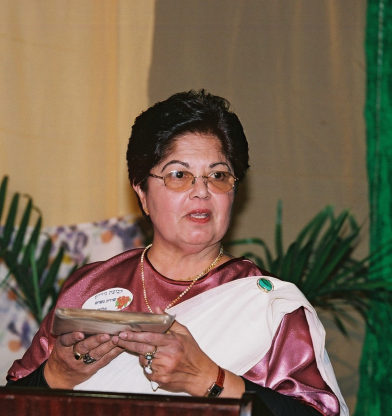2023
6. Parur Synagogue Song
Sung and recorded by Venus Lane, Tiberias, January 29, 2023; II-20.
Pĕriyavanḍĕ tuṇa veṇametu nerattuṃ
Pĕśakillātĕ peḻa poṟuṃ taṃburānĕ
1. May Almighty God be the source of my help
To do this without any error, O Lord.
The Parur paḷḷi, splendid as gold,
Is meant for Your eternal praise.
Mutaliyar Mappilla[1] took the lead:
“In a good place let the paḷḷi be built.
Tell them to give all the things that you need.”
The good paḷḷi wall looked splendid indeed.2. Then four good paḷḷi structures were built,
Fitting together in just the right way.
Completing the roof laths, they fixed the flat tiles,
Topped with an ornament shaped like a vase.
The sunrise is beautiful every day,
But the paḷḷi itself shines brighter than dawn.
While the daily prayers are performed with joy,
This paḷḷi appears even brighter then.3. At a well in the yard, four measures around,
They washed their feet, then went to pray.
With purpose some Portuguese landed and came.
“Why should the Jews have a paḷḷi so fine?”
They looked at the paḷḷi and fired off a shot.
One of the bright lamps was broken off.
While running in haste and entering the boat—
Which sloped to the side—they fell as if dead,4. But checking, they found no one had been hurt.
The justice-loving boatman said:
“How much this People desired such a place,
And how they gathered the things required,
And with those things they moved the earth!”
They located fine and delicate stones,
And after cutting the edge of one stone,
In the corner they fixed it, to be seen.
As You increased our numbers, O Tambiran,
For so many years we filled the place.
This song combines an architectural description of the synagogue in Parur (North Paṟavūr, about twenty-one miles north of Kochi), with references to traditional and/or historical events. Tradition has it that a synagogue was first built in Parur in 1164 (Sassoon 1932,1056), then rebuilt in the seventeenth century, perhaps after being destroyed or damaged during the Portuguese colonial rule over Kerala. Its stone dedication plaque (possibly the stone mentioned in stanza 4) is dated 1616 (Sassoon 1932, 578). The building was allegedly destroyed or damaged again in the eighteenth century by invading troops from Mysore to the north (Daniel and Johnson 1995, 127) and was observed in serious disrepair in 1817 (Hunt 1920, 152–53), with only the gatehouse in use. But it was restored again after that and served as the center of a vibrant Jewish community until the mass aliyah of the 1950s. Beginning in 2009, an ambitious renovation of the Parur synagogue complex was undertaken as part of the Kerala government’s “Muziris project” (http://www.muzirisheritage.org/kerala-jews-historical-museum.php).
In his article for this book and elsewhere, Zacharia analyzes this song’s imaginative portrayal of a Portuguese attack (stanzas 3 and 4) and the condemnation of this attack by a “justice-loving” country boatman as emblematic of traditional Kerala culture in its nurture of religious plurality and respect for all places of worship (2003, 41; 2005, 148).
Among the eight Kerala synagogues, this one is unique in having four separate structures within a surrounding wall: a gatehouse and two buildings in the courtyard connected by a breezeway—as portrayed in stanza 2 and discussed with illustrations by Eliyahu-Oron and Johnson (2021, 164–173). The special flat roofing tiles and the vase-shaped ornament once found on top of the roof were features traditionally associated with royal buildings and high-status Hindu temples. Though not found in the contemporary Parur paḷḷi, they may well have been elements of the Jewish building at whatever time the song was composed.
The four stanzas of the Parur Paḷḷi Song translated here are found in only one notebook, from Kadavumbhagam-Kochi, with shorter fragments in two Paradesi sources, and there were no recordings of the song to be found in the NSA archives. In the absence of alternative variants to consult, the meaning of some lines is particularly obscure, but Zacharia approved our translation as “acceptable in linguistic terms,” (email to author, December 12, 2012), and Venus Lane was able to sing and record the song successfully, using the melody of song 5, Mala Synagogue Song, with which it shares the first two formulaic lines.
__________________________________
[1] Māppiḷḷa was a Malayalam honorific title given in the past to foreign visitors, merchants, and immigrants, including Jews as well as Muslims and Christians (Gundert 1995, 810). Today it refers to the largest group of Muslims in Kerala.
[2] Accessed June 2022.
[3] A.I. Simon’s article on the songs (1947, 36–37) indicated that there were ten stanzas in another notebook, which has not been found.
Alternative readings:







